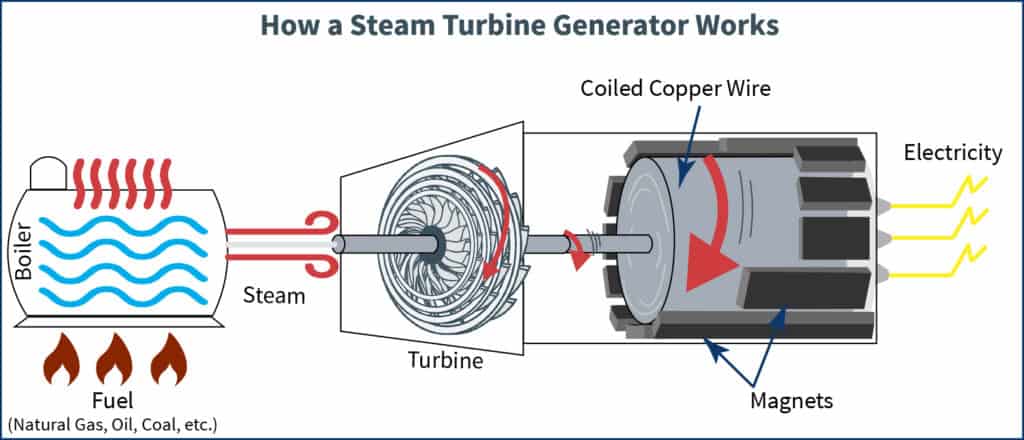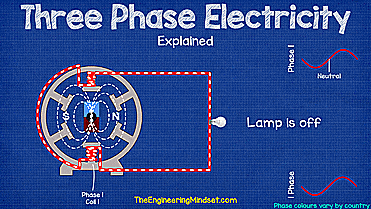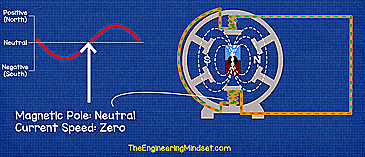Grid 101: Generation 2#
Alternating Current Our grid is generally powered by alternating current (AC), NOT direct current (DC). At the heart of AC current generation is almost always a rotating magnet exciting the electrons of a conductive material. AC current is generated with rotational energy for continuous generation. This rotational energy comes from a variety of sources: wind turbines and hydroelectric powered turbines are renewable sources for this rotational energy that might immediately come to mind when we think about rotational, mechanical power being converted into energy.
As we can see below, while the share of renewables is projected to increase substantially over time, 60% of our electricity generation actually comes from natural gas and coal fired plants at this time. it is certainly reasonable to wonder: how do we turn combustible coal and natural gas into rotational, mechanical force to move a large magnet and excite electrons to generate current?

The answer to our question is steam. When these sources combust, they heat water into steam. It is this hot steam that we can harness for rotational force; it is the steam that powers a turbine. This rotational force is harnessed to rotate a large magnet, which finally generates electric current!

How does a rotating magnet generate AC electricity?
When a rotating magnet excites electrons in a conductive material, those excited electrons move back and forth, creating the current that powers our grid. If we plot the speed of the electrons, we can see this takes the form of a sine wave. When the strongest part of the magnetic field excites the electrons, they are moving the fastest; in our diagram below the lamp is bright. As the electrons slow, the light dims. When the wire coil interacts with the weakest point of the magnetic field, the electrons even stop moving and the light is off.


The number of full rotations is considered a cycle, which we measure in cycles per second with the label Hertz (Hz).